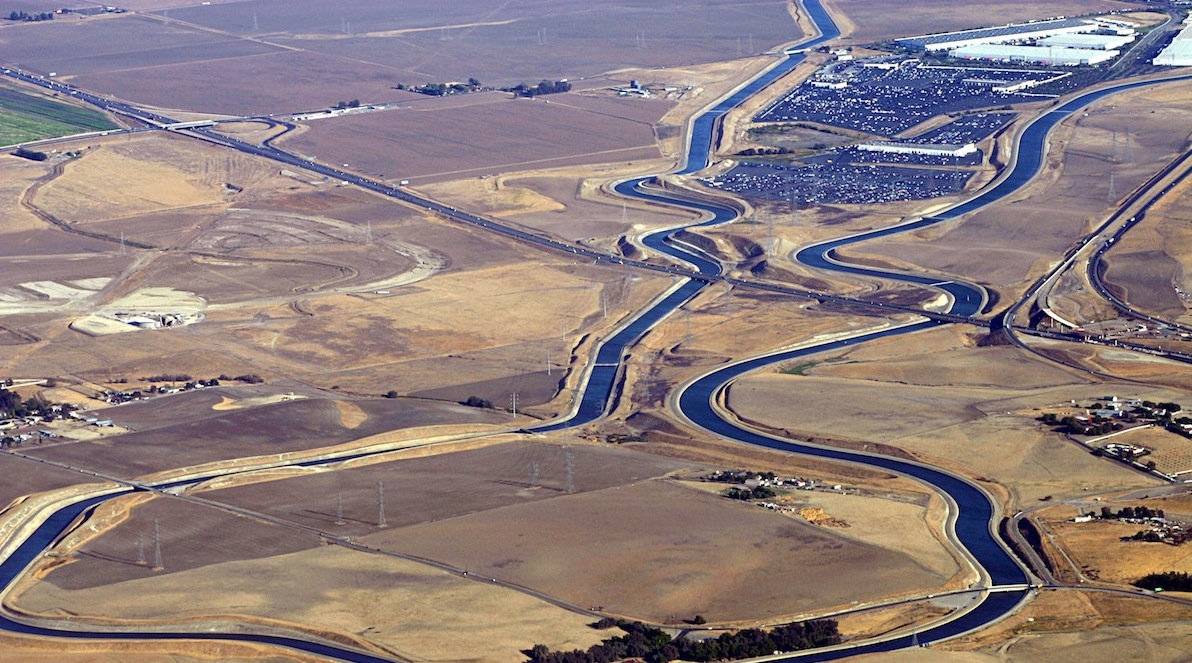The California Energy Commission (CEC) recently took measures aimed at saving the drought-stricken state billions of gallons of water.
The CEC approved new standards on toilets, urinals, and faucets that are sold in California. The new standards will be the most water-efficient in the country. Once the current stock of products is turned over, the CEC says the measure will save more than 100 billion gallons of water annually.
California is the first state to adopt standards that are more efficient than those set by EPA's WaterSense program. Next year, all urinals sold in California will use only 1 pint of water or less for each flush (the old standard was 1.0 gallons per flush, WaterSense is 0.5 gpf) and bathroom faucets will use no more than 1.2 gallons of water per minute (the old standard was 2.2 gpm, WaterSense is 1.5 gpm).
These standards go into effect on Jan. 1, 2016. The new standards do not require homes and businesses to replace plumbing fixtures. The CEC is working on a rebate program to make the purchase of more efficient appliances more affordable.
Related Stories
| Sep 1, 2011
Project Aims to Automate Code Compliance Assessment
FIATECH, a consortium of owners from the industrial, power, and retail markets that build large structures, launched a project this year to validate the use of automation technology for code compliance assessment, and to accelerate the regulatory approval process using building models. Long-term objectives include the development of an extensive, open-source rule set library that is approved by industry and regulatory bodies for use by technology developers and code officials.
| Sep 1, 2011
EPA Says Additional Lead Paint Cleaning Rules Not Necessary
The EPA has concluded that current Lead: Renovation, Repair, and Painting Program (LRRP) cleaning requirements and lead-safe work regulations are sufficient to protect the public from lead dust hazards. “Our members have been instrumental in contacting legislators to detail the detrimental impact of the current LRRP," says Richard Walker, American Architectural Manufacturers Association’s president and CEO. “This collective industry voice has prompted the EPA to make the responsible decision to refrain from adding further, unnecessary costs to homeowners under the current economic climate."http://www.aamanet.org/news/1/10/0/all/603/aama-commends-its-members-congress-for-vacating-lrrp-clearance-rule
| Aug 11, 2010
Best AEC Firms of 2011/12
Later this year, we will launch Best AEC Firms 2012. We’re looking for firms that create truly positive workplaces for their AEC professionals and support staff. Keep an eye on this page for entry information. +







